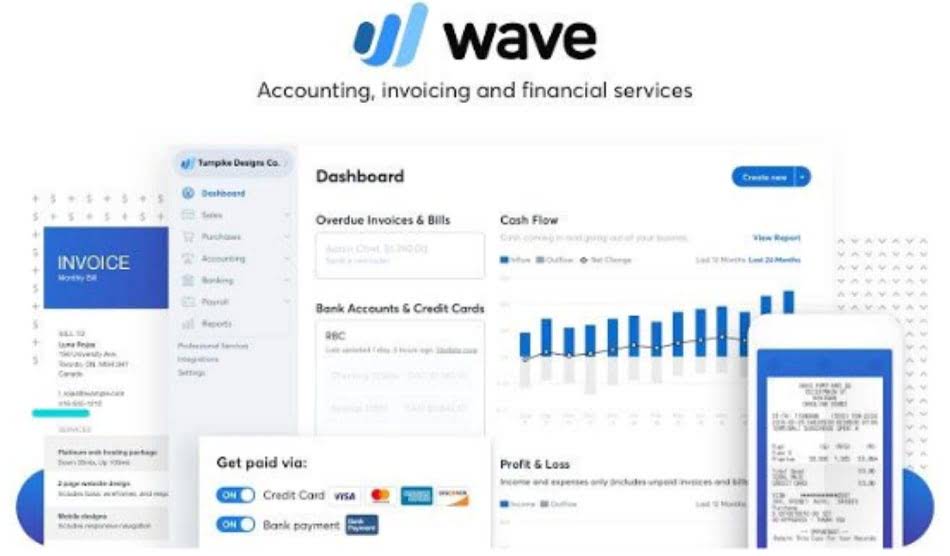

How much profit could the plumber generate by using the R25,000 in assets? If the plumber invested R40,000 to start the business, how much profit could he earn on his investment? If a plumber generates R300,000 in sales a year, their goal which ratio is found by dividing gross margin by sales? is to maximise earnings (profit) generated from sales.


How to calculate the return on equity


It also allows investors a chance to see how profitable the company’s core business activities are. Net profit margin is a key financial metric indicating a company’s financial health. Also known as net margin, it shows the profit generated as a percentage of the company’s revenue. Simply put, net profit margin is the ratio of its net profit to its revenues.
Gross Profit for New Companies
Thus, it would be most informative and useful to compare a retailer’s fourth-quarter profit margin with its (or its peers’) fourth-quarter profit margin from the previous year. Learn more about gross profit in different industries, the difference between gross profit and profit margin, and high profit margins with these answers to frequently asked questions. Net profit margin is also important for securing loans and financing. Banks and investors may ask to see net profits to demonstrate that your company can successfully generate a profit after all costs are accounted for.


Company


Profitability ratios normal balance can be a window into the financial performance and health of a business. Ratios are best used as comparison tools rather than as metrics in isolation. If you offer multiple goods or services, you may discover they don’t all perform equally well.
- This includes any discounts, returns, and other interactions that can impact the final amount from your sales.
- The use of the term “return” in the ROA measure customarily refers to net profit or net income—the value of earnings from sales after all costs, expenses, and taxes.
- The machine’s cost is reclassified to a depreciation expense as the company uses the machine to produce revenue.
- But corporate managers have wide latitude in deciding what details to include.
- This is most likely when there are few other competitors from which customers can buy, and especially when supplies are tight.
Final Thoughts: Evaluating Gross Profit Margin
Normally, a higher value relative to previous value indicates that the company is doing well. You can use this information to pinpoint elements of your sales that are going well or to cut ineffective practices. Analyzing changes in your company’s gross margin helps you track trends in financial health. Gross profit margin is a type of profit margin where the cost of goods sold is subtracted from total revenue.
What Are the Most Important Profitability Ratios?
- (6) Includes an adjustment to convert 90-day prescriptions to the equivalent of three 30-day prescriptions.
- Amanda Bellucco-Chatham is an editor, writer, and fact-checker with years of experience researching personal finance topics.
- Gross profit margin is the profit a company makes expressed as a percentage.
- Generally, if you can increase ratios, your business will be more profitable.
- In terms of financial ratios, this use of cash will decrease the corporation’s working capital, current ratio, and quick ratio.
Gross profit margins vary significantly across industries, so you can assess a good gross margin by looking at the normal range for small companies in your industry. New businesses often have a smaller gross profit margin but that does not mean that they aren’t financially healthy. Gross profit margin is an important metric for measuring the overall financial health of your business.


What is Gross Margin Ratio?
Furthermore, it indicates how many cents a company generates in profit for each dollar of sale. So if Company X reports a 35% profit margin, that means its net income was 35 cents for every dollar generated. The gross profit margin (also known as gross profit rate, or gross profit ratio) is a profitability metric that shows the percentage of gross profit of total sales. The terms gross margin and gross profit are often used interchangeably but they’re two separate metrics that companies use to measure and express their profitability. Both factor in a company’s revenue and the cost of goods sold but they’re a little different.
- We’ll explore what gross profit margin is, how to calculate it, and work through some examples.
- Let’s take a look at how to calculate gross profit and what it’s used for.
- It can impact a company’s bottom line and means there are areas that can be improved.
- Many profitable companies struggle to collect enough cash to operate the business each month.
- As with other margin ratios, pretax margin compares revenue to costs.
- It explains a company’s ability to generate a profit from normal business activities.
Consider Industry Standards
They’re commonly used interchangeably but these two figures Bookkeeping for Chiropractors are different. They also use a gross profit margin calculator to measure scalability. Monica’s investors can run different models with her margins to see how profitable the company would be at different sales levels. For instance, they could measure the profits if 100,000 units were sold or 500,000 units were sold by multiplying the potential number of units sold by the sales price and the GP margin.


